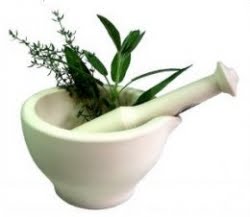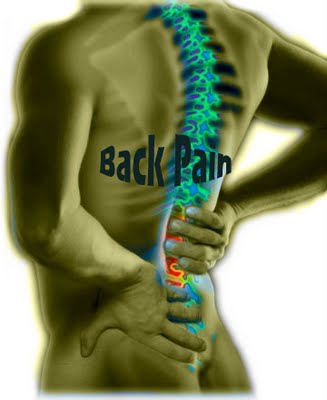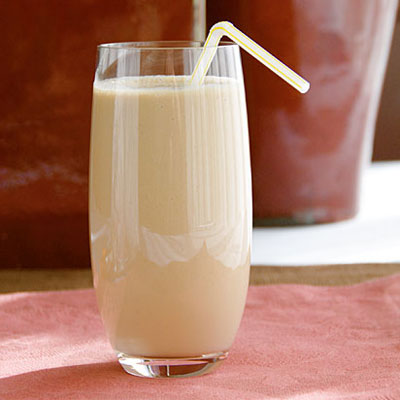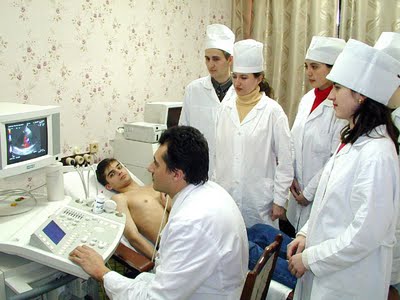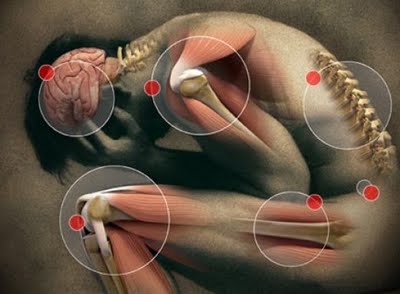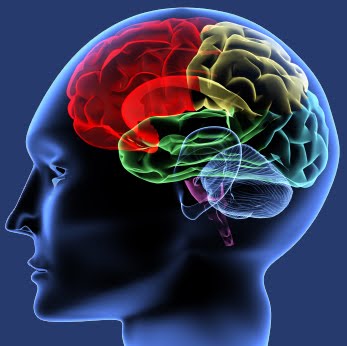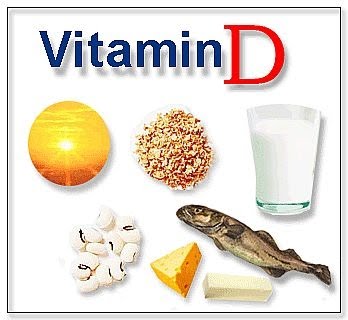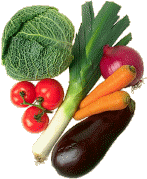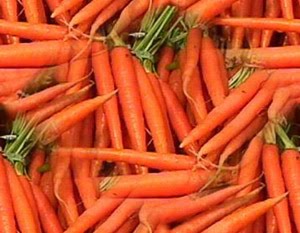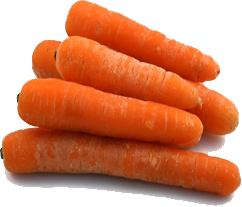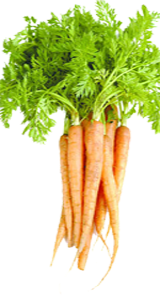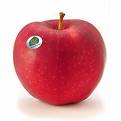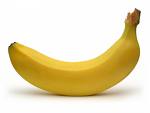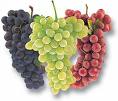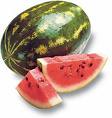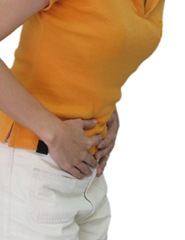Saturday, May 01, 2010
Monday, April 26, 2010
Work Out Therapy for Low Back Pain
Monday, April 12, 2010
The Healthy Milk Shakes and Smoothies
Wednesday, April 07, 2010
The Medical Diagnosis
Wednesday, March 24, 2010
Body Joint pain
- Arthritis (inflammation of joints)
- Bursitis
- Muscle pain
Stiffness in a joint; Pain - joints; Arthralgia
Tuesday, March 23, 2010
Brain Function May Drop Quickly Previous To Alzheimer's
Friday, March 19, 2010
Vitamin D
Wednesday, March 17, 2010
Vegetable Juicing for Health
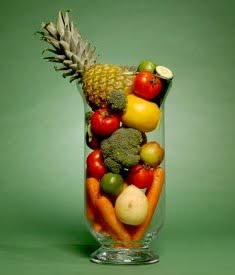
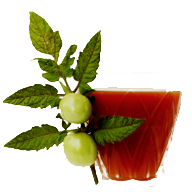
Labels: Health Tips
Tuesday, March 16, 2010
Carrot - Vitamin A
Labels: Health
Monday, March 15, 2010
Fruits for Your Health
| Apples | |
| Banana | |
| Grapes | |
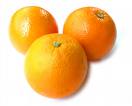 | oranges |
| Papayas | |
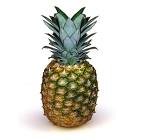 | Pineapple |
 | Strawberries |
| Watermelon | |
| Nuts | |
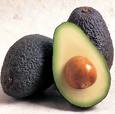 | Avocados |
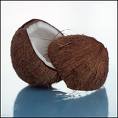 | Coconuts |
Labels: Health Tips
Saturday, February 20, 2010
Gas and gas pains for human
Labels: Gas pain
Monday, October 26, 2009
Bio-Rad to acquire certain diagnostics businesses of Biotest
Sunday, June 14, 2009
Keep Safety in Mind While Cooling Off in the Water
All that time in and around water also brings a heightened risk of drowning, according to the American College of Emergency Physicians (ACEP).
Each year, nearly 3,000 people drown in the United States. Young children are particularly at risk, Dr. Nick Jouriles, president of the ACEP, noted in a news release from the society. "It only takes a few seconds and a few inches of water for a child to drown," he said.
Drowning accounted for nearly 30 percent of deaths among children aged 1 to 4, according to 2005 statistics from the U.S. Centers for Disease Control and Prevention.
"For every child who dies, more than 10 others are treated in emergency departments for near drowning," Jouriles said in the news release.
As families uncover backyard pools and make plans for vacation trips to the nation's lakes and beaches, emergency department physicians are bracing for the tragedies they see every summer.
Some 70 percent of child drownings in Los Angeles County occurred during June, July and August, according to the Los Angeles County Department of Health Services.
In two-thirds of cases, the parents or caregivers of toddler-aged children found dead or nearly drowned in a pool or a spa thought their children were either sleeping or playing elsewhere in the house.
Drowning deaths can happen quickly. Most young children who drowned in pools had been out of sight less than five minutes and were in the care of one or both parents at the time, according to the CDC.
When it comes to water safety, particularly involving children, you can never take too many precautions, emergency physicians say. Ways to prevent deaths from drowning include:
- Never leave a child unattended near a swimming pool, wading pool, bathtub or hot tub.
- Don't leave open containers of water near children. Small children can drown in just a few inches of water. Since 1973, more than 500 children have drowned in bathtubs, hot tubs, toilets and five-gallon buckets, according to University of California, Los Angeles Health Services.
- Take your children for swimming lessons, with a qualified swimming instructor if possible, as early as you can.
- Never permit anyone, adults included, to swim alone.
- Enclose pools and hot tubs with fences with self-locking gates. This includes pools in backyards, neighborhoods and apartment complexes. Pools should be kept clean and free of covers or rafts that could obscure your view of a child.
- Always outfit young children with life vests or approved personal floatation devices whenever they are near water.
- Don't allow rough play -- pushing or jumping on others -- while in the water.
- Never consume alcohol and swim, especially if you are responsible for watching children.
- Avoid head and neck injuries by not diving into unfamiliar water.
- Choose beaches, pools and lakes that are watched by certified lifeguards, and always swim or surf in designated areas.
- Know basic CPR skills in case of an emergency. Studies show people who have received CPR in cases of near-drowning are less likely to suffer brain damage or death.
Health Care Reform Legislation Would Expand Access To Pharmacist Patient Care Services
The Affordable Health Choices Act - not yet introduced in the Senate - would provide grants to expand opportunities for pharmacists to deliver MTM services through local community-based, multi-disciplinary health teams to patients who suffer from chronic diseases such as heart disease, cancer and diabetes.
The announcement was welcomed by a coalition of 14 national pharmacy organizations established to raise awareness about the human and financial costs of inappropriate medication use.
The U.S. healthcare system currently more than $177 billion annually in mostly avoidable health costs treat adverse drug events from the inappropriate use of medications. In addition, the treatment of chronic disease costs our health system $1.3 trillion annually - about 75 cents of every healthcare dollar.
MTM services provided by pharmacists, working with physicians and other healthcare providers, helps improve therapeutic outcomes, reduces medication errors drug events, enhances coordination of care, improves patients' overall quality of life, and reduces overall healthcare costs.
The pharmacy profession, encompassing all practice settings, applauds the Senate HELP Committee proposal for identifying the problems associated with inappropriate medication use and for recognizing the important role of pharmacists as providers of clinical care services that can improve the quality of patient care by focusing medication use and can contribute to reducing overall costs in the treatment of chronic diseases.
The coalition particularly recognizes the efforts of Senators Kennedy, (R-NH) and Mikulski (D-MD) who worked hard on behalf of patients to secure these important provisions.
Tuesday, June 09, 2009
Talk To Your Pharmacist If You Want To Avoid Summer Horrordays
The RPSGB is urging Brits to visit their local pharmacy for holiday health advice and essential products before they head off on their summer holiday - after all, no one wants to be part of the 44 per cent who suffer from nasty insect bites, or the 40 per cent who find themselves struck down by diarrhoea while abroad.
Other common illnesses which can turn dream holidays diabolical include sunburn or heatstroke - causing misery to 37 per cent of British holiday-makers - headache or migraine (20 per cent) and vomiting or food poisoning (14 per cent).
Even more worryingly, the research shows half of all Brits who have travelled to countries where tropical diseases are prevalent have suffered illness or infection - yet one in nine says they do not take even basic medication and health essentials, like water purification tablets and insect repellent, with them on their travels despite these products being readily available at pharmacies.
The good news is many ailments can be avoided, or treated effectively, if members of the public go to their local pharmacy for products and advice before leaving for that well-earned holiday. Pharmacists are among the most accessible of healthcare professionals, with branches open in the high street at convenient times - often when GP surgeries are closed. In addition, many pharmacies also offer private consultation rooms. Research from the RPSGB shows 99 per cent of people can reach a pharmacy within 20 minutes.
The RPSGB's Head of Practice, Heidi Wright said: "Pharmacists are medicines experts and are ideally placed to help with your holiday health needs. It is important people visit their local pharmacy for a free consultation, and to stock up on health essentials, before embarking on their summer holidays."
